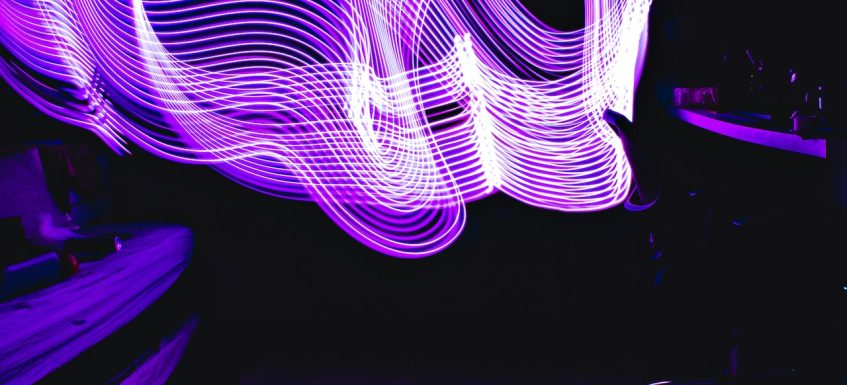Electromagnetic waves, such as radio waves and microwaves, can travel through the air and bounce off surfaces, such as buildings and clouds. This property is known as reflection, and it is an important factor in many technologies, including communication and radar systems. In this article, we will explore the phenomenon of electromagnetic waves bouncing off surfaces and its applications.
When electromagnetic waves are reflected
When an electromagnetic wave encounters a surface, it can be reflected, absorbed, or transmitted. The amount of reflection depends on the angle of incidence and the surface properties, such as the material and texture. If the angle of incidence is equal to the angle of reflection, the wave will bounce off the surface at the same angle. This is known as specular reflection and is observed in smooth surfaces, such as mirrors. If the surface is rough, the wave will be scattered in different directions, known as diffuse reflection.
Waves bouncing off buildings
Buildings and other structures can reflect electromagnetic waves, particularly those in the radio and microwave range. This is because most buildings are made of materials that are good conductors of electricity, such as concrete and steel. When radio waves encounter a building, some of the waves will be absorbed by the material, while others will be reflected. The reflected waves can bounce off multiple surfaces, creating a phenomenon known as multipath propagation. This can cause interference and distortion in communication systems, particularly in urban areas with many buildings.
Waves bouncing off clouds
Clouds can also reflect electromagnetic waves, particularly those in the radar range. Radar systems use radio waves to detect and locate objects, such as aircraft and weather patterns. When a radar signal encounters a cloud, some of the signal will be absorbed, while the rest will be reflected back towards the radar antenna. This reflection can provide valuable information about the size and location of the cloud, as well as any objects within it.
Electromagnetic waves and communication systems
The reflection of electromagnetic waves off surfaces has several applications, particularly in communication and radar systems. In communication systems, reflection can be used to improve coverage and reduce interference. For example, a cell tower can be strategically placed to reflect signals towards areas with poor coverage, such as valleys or urban canyons. This is known as signal reflection or bounce, and it can improve the quality and reliability of communication systems.
In radar systems, reflection is used to detect and locate objects. Radar works by sending out a signal and measuring the time it takes for the signal to bounce back off the object. By analyzing the reflected signal, the radar can determine the distance, speed, and direction of the object. This technique is used in air traffic control, weather forecasting, and military surveillance.
The reflection of electromagnetic waves off surfaces can also have negative effects, particularly in communication systems. As mentioned earlier, multipath propagation can cause interference and distortion in communication systems, particularly in urban areas with many buildings. This interference can reduce the quality and reliability of communication systems, particularly for mobile devices. If a researcher wants to test in an interference free room the walls of the room can be outfitted with microwave absorbing materials. Such materials are produced by companies like DMAS, who are experts at reducing electromagnetic noise.
To mitigate the effects of reflection and interference, several techniques can be used. One common technique is to use directional antennas, which focus the signal in a specific direction and reduce the amount of reflected and scattered waves. Another technique is to use frequency hopping or spread spectrum techniques, which spread the signal across multiple frequencies and reduce the likelihood of interference.
In conclusion about reflecting electromagnetic waves
In conclusion, the reflection of electromagnetic waves off surfaces, such as buildings and clouds, is an important property with many applications, particularly in communication and radar systems. The reflection of waves can improve coverage and reliability in communication systems, while also providing valuable information in radar systems. However, the reflection of waves can also cause interference and distortion, particularly in urban areas with many buildings. To mitigate these effects, directional antennas and frequency hopping techniques can be used.

*
*